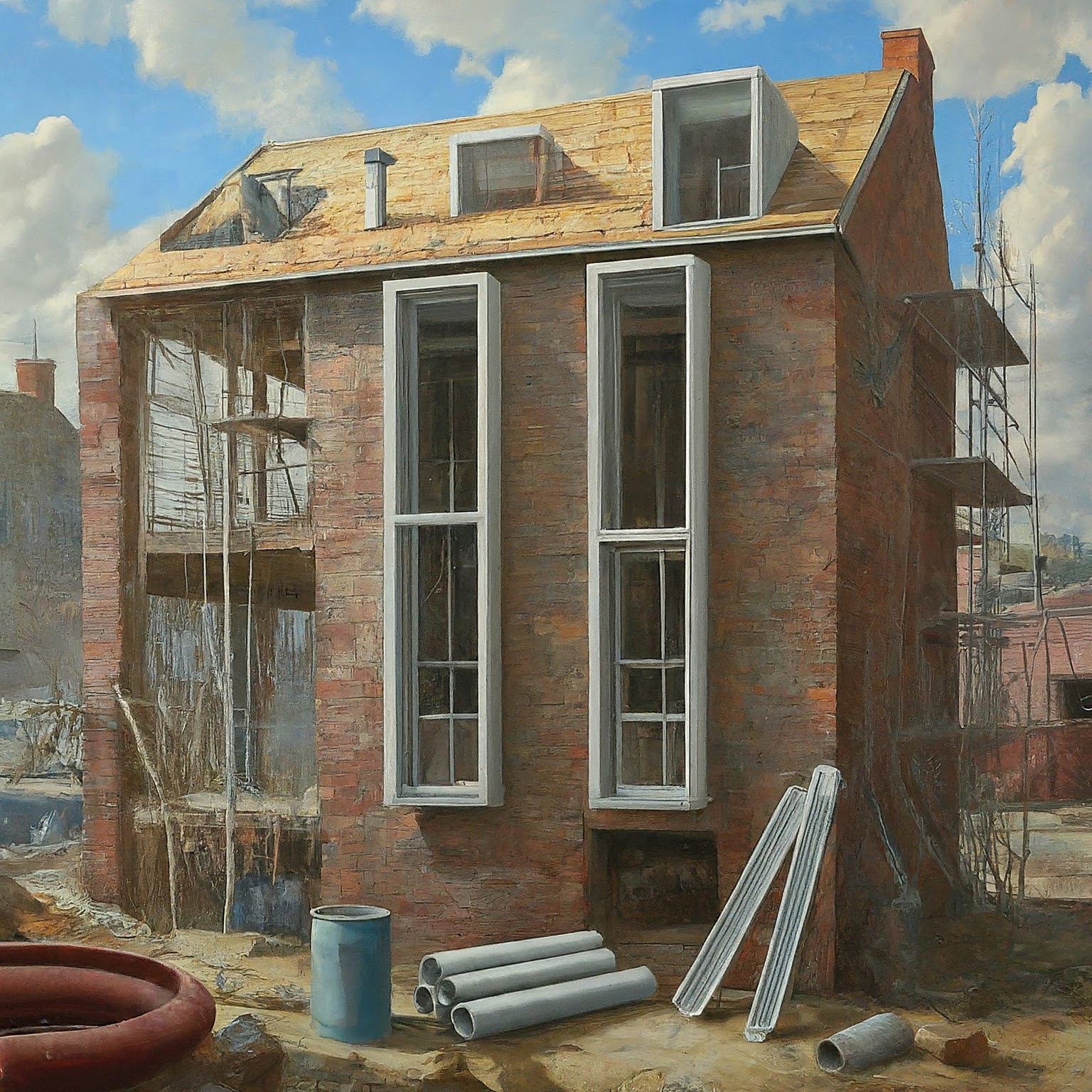PVC Young Modulus: Polyvinyl chloride (PVC) is a cornerstone material in the construction industry, valued for its versatility, affordability, and resilience. From the intricate network of pipes snaking beneath our buildings to the window frames silently guarding against the elements, PVC contributes to countless applications that keep our structures standing strong. But what makes PVC such a reliable choice for building with longevity and fortitude? The answer lies in a fundamental property known as Young’s modulus.
Understanding PVC Young Modulus:
Young’s modulus, often denoted by the symbol Y, quantifies a material’s stiffness. It essentially tells us how much a material will deform under a specific load. In simpler terms, a higher Young’s modulus indicates a stiffer material that resists bending or stretching more readily.
For PVC used in construction, Young’s modulus typically falls within the range of 3,000 to 4,000 Mega Pascals (MPa). This rigidity translates into several key benefits that make PVC a go-to material for building with strength and stability.
Benefits of PVC Young Modulus in Construction:
-
Durability Under Pressure: Due to its high Young’s modulus, PVC construction elements offer excellent resistance to deformation caused by weight, wind, or impact. Imagine a building’s window frames constantly warping under strong winds or the relentless pressure of heavy snow accumulation. PVC’s stiffness ensures they maintain their shape, safeguarding the building’s integrity and reducing the need for replacements down the line. This translates to long-lasting structures that require minimal maintenance throughout their lifespan.
-
Maintaining Precise Dimensions: PVC’s stiffness ensures minimal warping or sagging over time, which is crucial for maintaining proper alignment and functionality in building components. Plumbing systems, for example, rely on precise pipe placement to function correctly. Misaligned pipes can lead to leaks and disrupt the flow of fluids. PVC’s dimensional stability ensures pipes remain in their designated positions, preventing leaks and maintaining a reliable flow of clean water, gas, or waste.
-
Leak-proof Performance: When used in pipes, the high Young’s modulus of PVC allows for a strong connection between pipe segments. This minimizes the risk of leaks and ensures a reliable flow of fluids. Leakage in a plumbing system can lead to costly repairs and potential water damage. PVC’s stiffness helps guarantee a watertight system, protecting the building’s infrastructure and the health of its occupants.

Beyond the Core Benefits:
The advantages of PVC’s Young’s modulus extend beyond its core contributions to durability, dimensional stability, and leak-proof performance. Here are some additional factors to consider:
-
Cost-Effectiveness: PVC is a relatively inexpensive material compared to some alternatives. Its high Young’s modulus allows for the creation of thinner yet stronger structures, reducing material usage and overall construction costs.
-
Lightweight Construction: PVC’s inherent stiffness enables the creation of lightweight yet robust building components. This translates to reduced weight loads on a building’s foundation, offering a potential advantage in certain construction projects. For example, lightweight PVC pipes can be beneficial in high-rise buildings where minimizing weight on the lower floors is crucial.
-
Sustainability Considerations: While the long-term sustainability of PVC is a subject of ongoing discussion, advancements in recycling and responsible manufacturing are paving the way for a more sustainable future for this versatile material. By choosing PVC products with a high recycled content, construction projects can contribute to reducing overall environmental impact.
Choosing the Right Material:
It’s important to remember that while PVC’s Young’s modulus offers significant advantages in construction, it’s crucial to consider its limitations as well. Due to its rigidity, PVC might not be the ideal choice for applications requiring high flexibility. For example, PVC pipes wouldn’t be suitable for situations demanding frequent bending or movement, such as connecting appliances within a confined space.
However, within its appropriate applications, PVC’s Young’s modulus plays a vital role in achieving strong, dependable, and cost-effective construction solutions. By understanding this property and its impact on material behavior, engineers and builders can make informed decisions when selecting materials for various construction projects. Choosing the right material ensures the building’s structural integrity, functionality, longevity, and alignment with an increasingly sustainability-focused future.
Polyvinyl Chloride Compound: What You Need To Know





